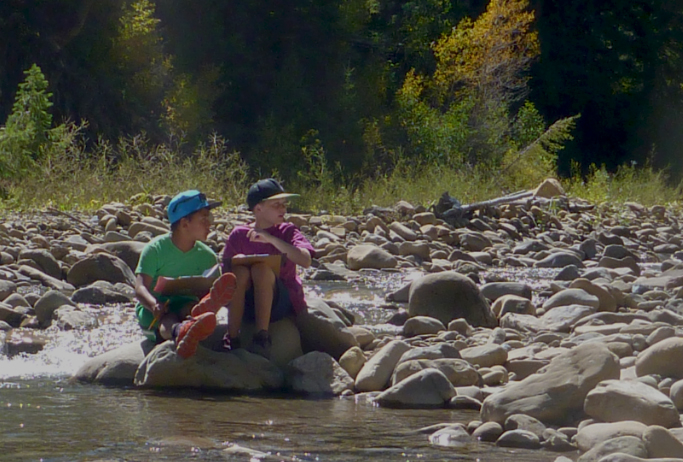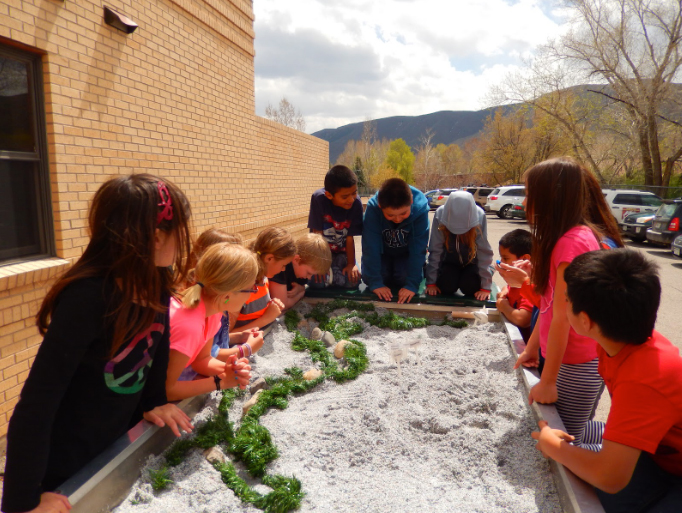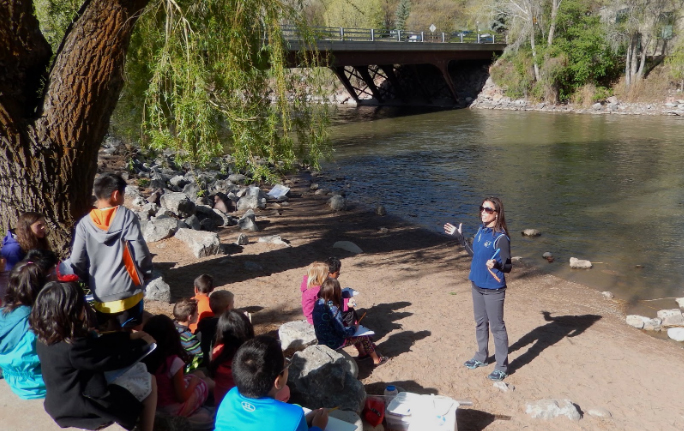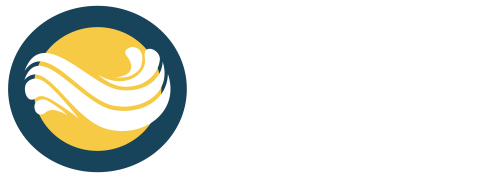The Roaring Fork Conservancy’s science and policy work help decision-makers tackle river health issues, their education programs help every local kid take on the great outdoors.

River Education
One of the Roaring Fork Conservancy’s founding pillars is education. While the Conservancy hosts programs for adults and environmental professionals, it reserves its biggest impact for local kids. “Every student in the Roaring Fork Valley will have a meaningful experience with us before they leave eighth grade,” says Christina Medved, the Conservancy’s Director of Community Outreach. “Most of them will have multiple points of contact, even during one school year.”
The Conservancy has had audacious educational goals from the start. Their school programs reached 100,000 students during their first 20 years (1996-2016) and over 6,000 students and community members in 2018 alone.
If you’re wondering what the kids are learning the answer is anything and everything to do with rivers. Classes cover topics as diverse as snow science, watershed mapping, wildlife, water law, river ecology, and water chemistry and quality. Students learn about river science, then tie it to daily touchpoints like how river flows affect food production – making local peaches possible in July and August and growing grapes in September. Other topics, like social studies, economics, art, and math are all woven into overarching storylines about how the world runs around water.
The Conservancy has a knack for helping students connect to the material. They even made one particularly charismatic Roaring Fork Valley songbird a storybook worthy mascot. The American dipper is North America’s only aquatic songbird. Yes, it is a songbird that swims for it’s super, kind of like a flying, singing trout.

Seeing Results
After 20 years of raising local kids to be environmental stewards, the Conservancy is seeing results. “We don’t need to have every student that goes through the program to become a scientist,” says Medved. “We need informed citizens.” But they’re certainly turning out some scientists along the way.
Dozens of children who participated in the Roaring Fork Conservancy’s programs as kids are now building environmental careers. Two of them came back to Basalt as seasonal employees along the way.
Mike Schuster worked with the Conservancy’s water quality for four summers while earning a Master’s Degree in Environmental Management at Western Colorado University. The work he did with the Conservancy helped him land a job with the City of Glenwood Springs right out of school.
Matthew Anderson attended a Conservancy course in the third grade and returned as a college student to serve as the Water Quality Program Associate for three summers. He’s now in his senior year at the University of Washington in Seattle, where he’s studying Environmental Science and Resource Management.
The Science of Outdoor Education
Natural spaces are important to children, period. Research shows that time outside helps kids learn, improving attention, self-regulation, cognitive abilities, and executive functioning. It is especially beneficial if some of this time is structured, with an adult or educator along. Young people pay attention to the adults in their lives, and if grownups care about protecting the environment, kids are likely to follow suit. Conservation professionals can often trace their career focus to a childhood spent exploring the outdoors with a trusted adult.
Medved says there is evidence that children decide what they want to do professionally by the fourth grade. If they’re not comfortable in the outdoors at that age – intimidated by spiders, ticks, bears, and sunburns like so many of us are – they may miss out on a number of exciting career paths. The Roaring Fork Conservancy is making sure they don’t miss the chance.

A River Science Education
Just steps away from the Roaring Fork, the 3,800-square-foot River Center makes it easier than ever for the Conservancy to get kids and the community outside. The nonprofit moved into the new facility in June 2018. By December, they’d hosted 700 kids there, teaching them everything from river ecology, water quality, and macroinvertebrate life cycles and adaptations, to art.
“It’s been neat because we never had programs on site before,” says Medved. Paths wrap around Old Pond Park, providing fishing, strolling and teaching opportunities. Most of the teaching goes on outside. If students can’t make it to the center, the staff brings lessons to them.
Funding
A lot goes into the Conservancy’s classroom-based or River Center educational programs including staffing, preparation time, driving time, materials. The Conservancy relies on grants and donations to help keep costs low and accessible to classrooms. Last year, Forever Our Rivers joined the cause.
“You guys become partners with us, helping students get out to explore their own watersheds,” says Medved. “Having this type of funding helps us give everyone the opportunity to have meaningful experiences with their local waterways.” Every grant they get helps kids and adults learn about river health. All together it adds up, to every single kid in the Roaring Fork Valley.
About the Roaring Fork Conservancy — The nonprofit’s mission is to protect the Roaring Fork and connect the community to its namesake river. It does so by pairing these education programs with science and policy work, including river and habitat restoration, stream management, regional watershed planning, and water resource initiatives.
